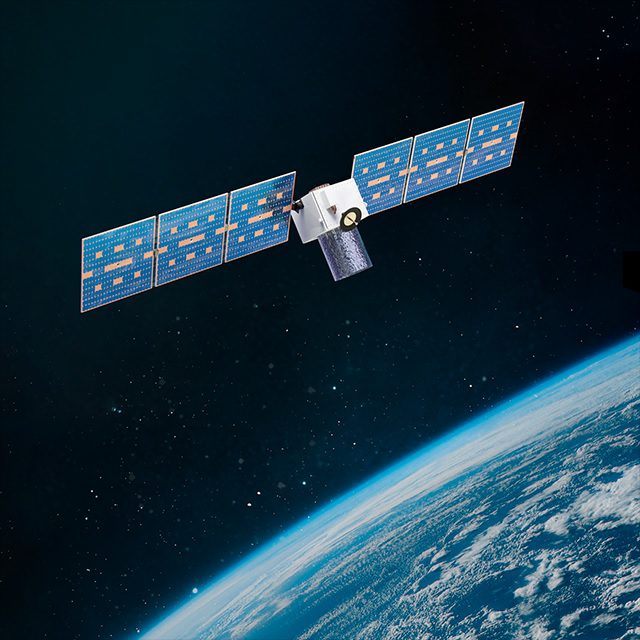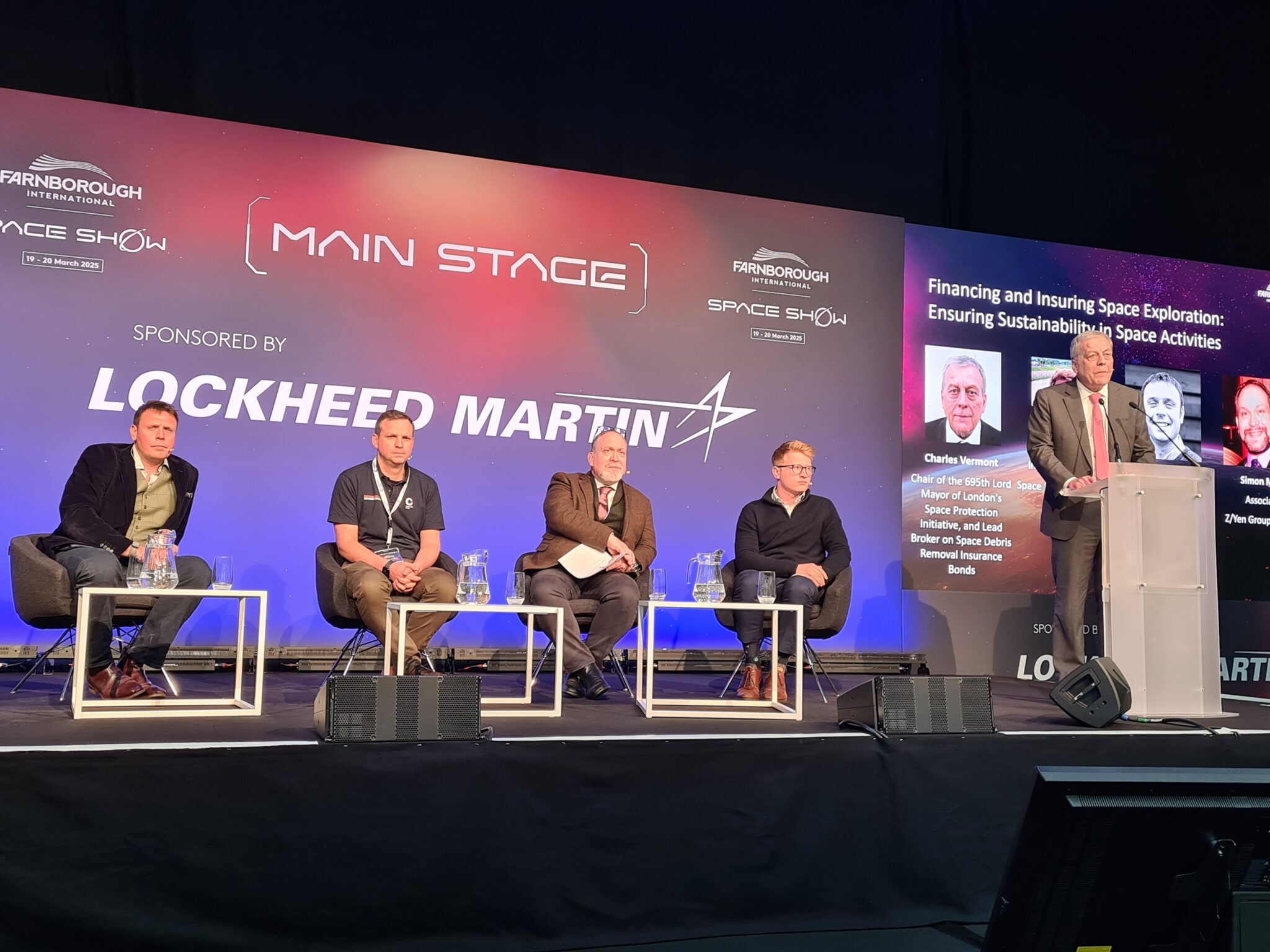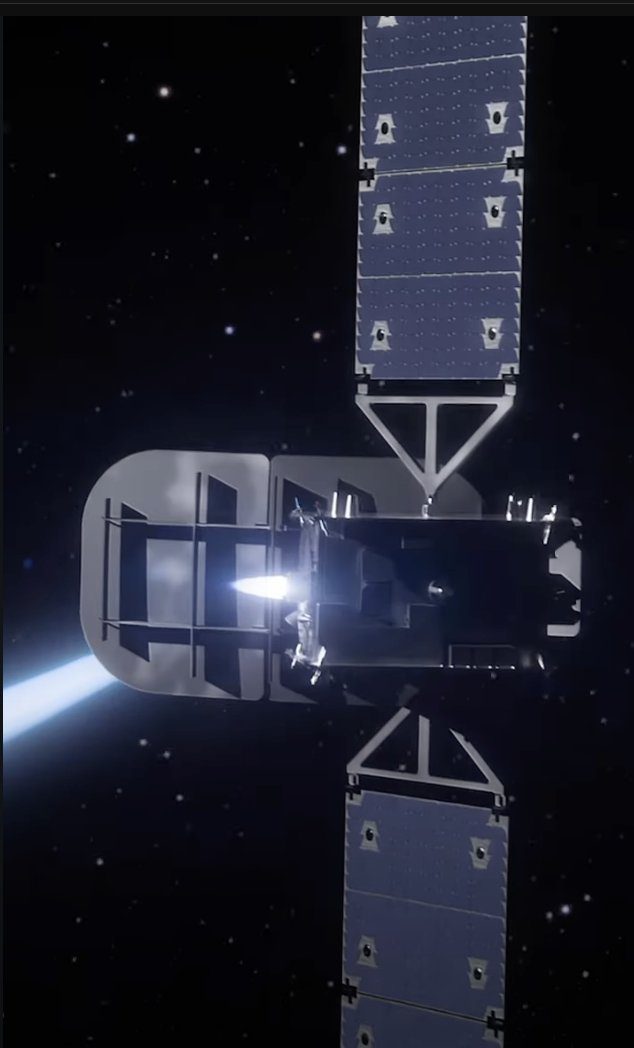The month of August usually has a slew of small satellite orders thanks to the Small Satellite Conference in Logan, Utah.
GHGSat shows confidence in Spire’s Space-as-a-Service offer by ordering a second cluster of CubeSats. Under the agreement, Spire will build, launch and operate four additional 16U Cubesat-class satellites that will carry GHGSat payloads to monitor greenhouse gas emissions. This builds upon Spire’s initial agreement with GHGSat for three 16U satellites that will launch by the end of 2023.
The Germany-based satellite maker DCubed announced an as yet formally named mission to launch a mission to demonstrate in orbit manufacturing. The mission will build a 30 cm high truss structure via 3D printing/additive manufacturing. The mission will be launche via an ION orbital transfer delivery by Italian space logistics firm D-Orbit either in Q4 2023 or Q1 2024.
NASA awarded a task order to Rocket Lab for the launch of two 6U cubesats for the Polar Radiant Energy in the Far-InfraRed Experiment, or PREFIRE mission. The satellites, which will monitor energy entering and exiting polar regions, will be launched individually on Electron rockets from the Rocket Lab’s Launch Complex 1 in New Zealand in May 2024, according to the company.
Rocket Lab also enjoyed an order from Institute for Q-shu Pioneers of Space (iQPS), a Japanese company developing a constellation of synthetic aperture radar (SAR) imaging satellites, for the dedicated launch of the QPS-SAR-5 satellite on a Electron rocket. The launch is scheduled for September 2023 from Launch Complex 1 in New Zealand. Prior to Virgin Orbit filing for Chapter 11 bankruptcy, QPS-SAR-5 was meant to launch on the LauncherOne rocket in early 2023.
Satellite maker EnduroSat and Vyoma have announced a collaboration to build Europe’s first commercial mission for in-situ space situational awareness (SSA). EnduroSat is making a 12 satellite constellation of ESPA-based microsatellites for low Earth orbit (LEO) with telescopes being used by Vyoma to map the orbits and the objects within them. The first two pilot satellites will be launched at the end of 2024.
The Atomos firm plans to launch its orbital transfer vehicle demonstration on a SpaceX Transporter rideshare flight in early 2024. Aboard will be a Solestial-built solar blanket for a power generation test. Atomos plans further solar-electric OTVs slated to begin flying in late 2024 or early 2025 equipped with similar larger solar blankets.
The 6U cubesat Ninjasat blackhole and neutron observer mission will be launched on the next Falcon 9 Transporter mission. The satellite was built under a contract with NanoAvionics on behalf the Japanese Riken research institute. The mission tracks how X-ray photons are accelerated by these objects.
New satellite operator Promethee has awarded a contract to satellite maker Hemeria to build the first 50 kg class satellite of its proposed Japetus Earth observation contract with an automatic order for 20 more satellites if the first one is successfully launched and operated. The bus used will be the Hemeria HP-EOS platform. Safran is to supply the high resolution hyperspectral imagers which will employ AI (Artificial Intelligence) in their use.
Orbital delivery company Momentus is getting into satellite manufacture with the announcement of its M-1000 bus design which can produce upto 3 kW peak power. It is derived from its Vigoride space tug (OTV).

Artist’s impress of LeoStella’s new LS-300 bus in orbit. Courtesy: LeoStella
Other new satellite buses announced for small satellites included Leostella’s 500 kg class LS-300. Meanwhile, NearSpace Launch and SEOPS have collaborated to offer the new OctoBus which is both an OTV (Orbital Transfer Vehicle) space tug and a bus in its own right.
With respect to finding rides to orbit, SpaceX announced that they would be offering smallsat rideshare launches dubbed “Bandwagon” to 45 degree inclination orbits. Two Bandwagon flights will be in April and November 2024,r and two will be in Febuary and May 2025.








